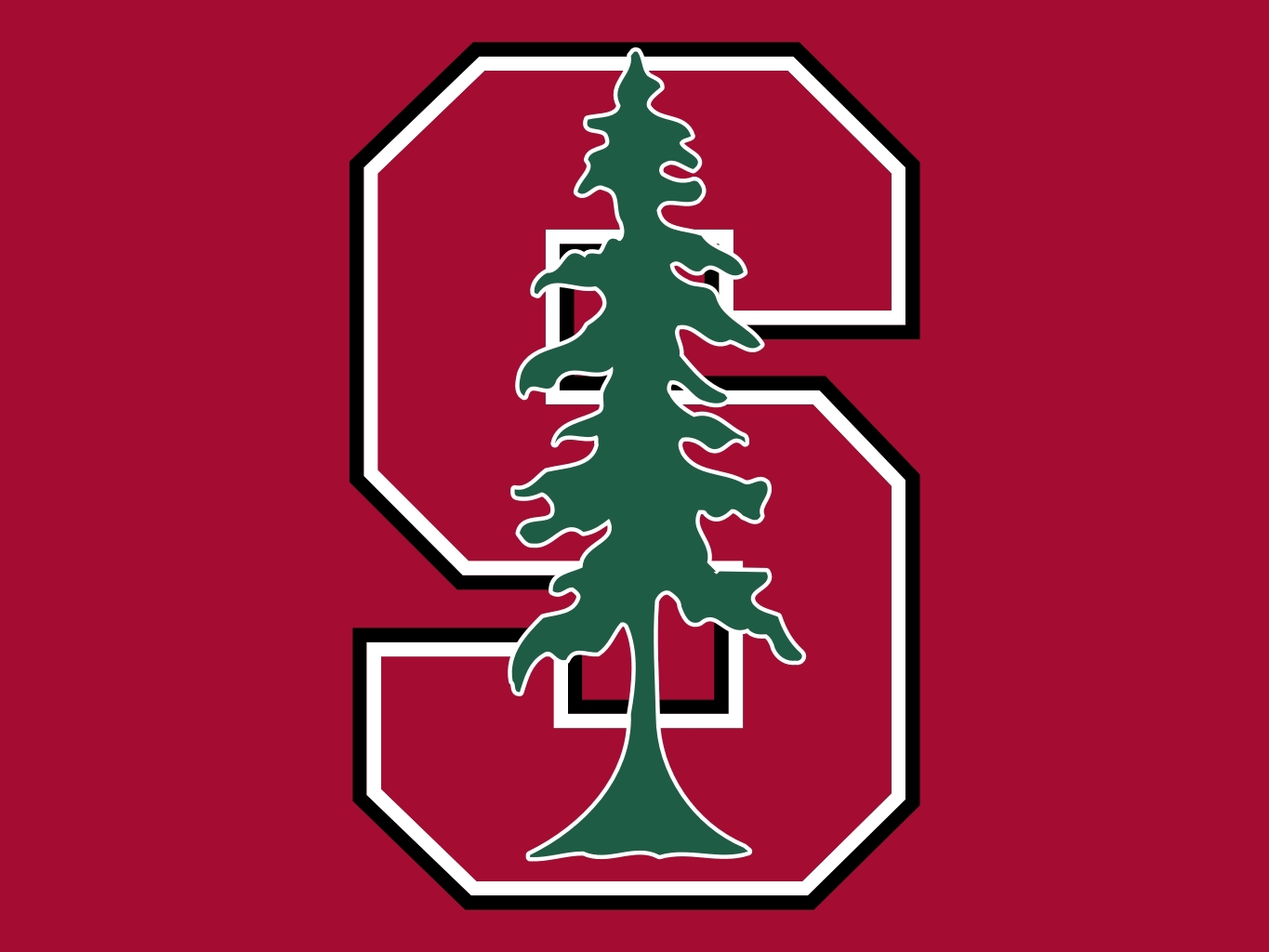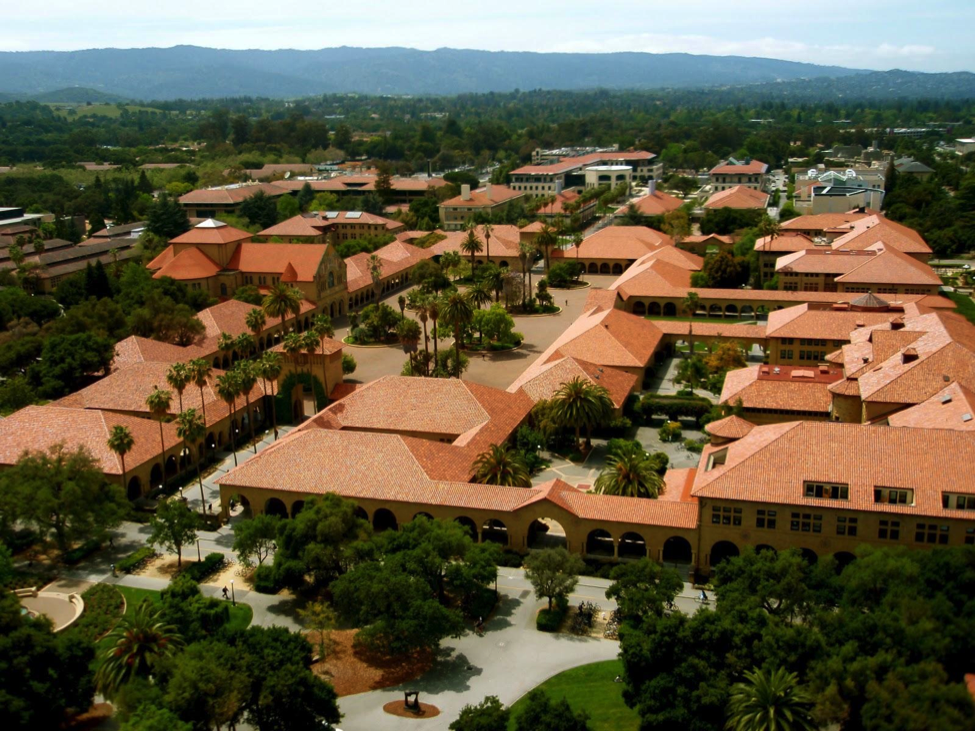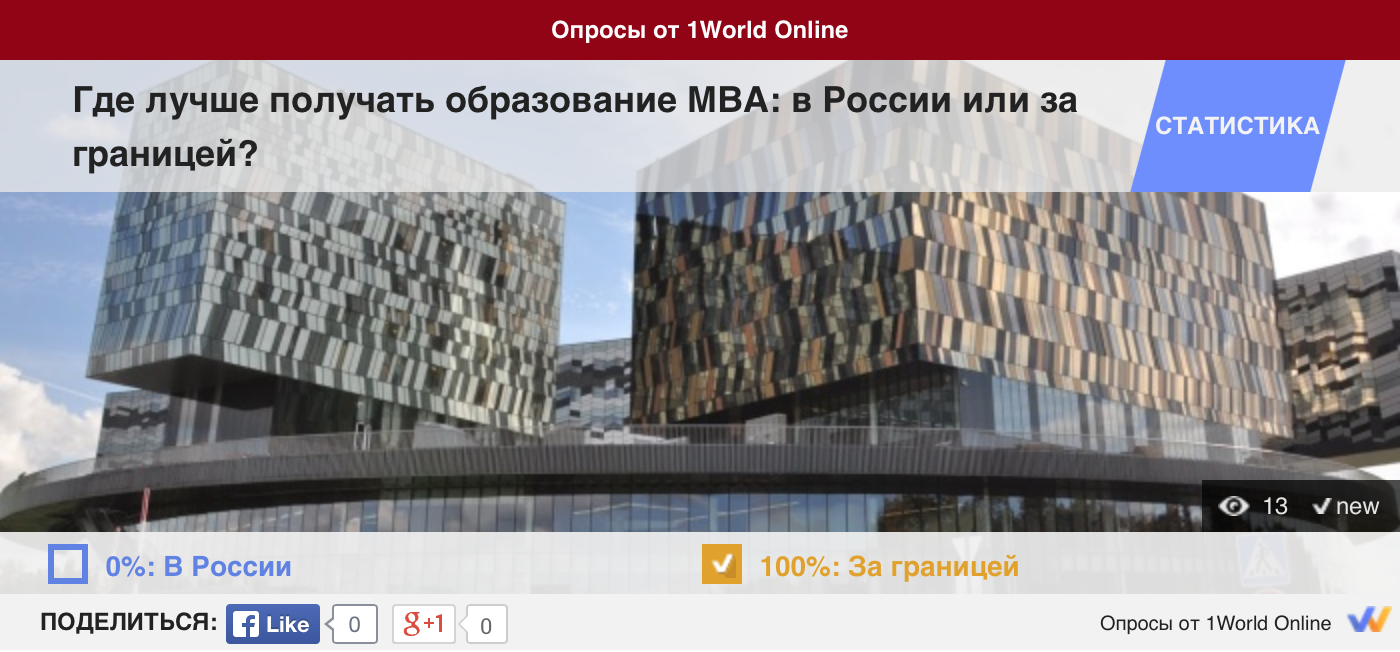As a programmer from Russia to enter Stanford University in California

And again with you, the American Business Association of Russian- speaking Professionals AmBAR and the project on Silicon Valley entrepreneurs SiliconNews.ru To diversify the posts about Silicon Valley, we will periodically publish stories of Silicon Valley guests - why are they coming here and what is their experience. Today Dmitry, an experienced programmer from Moscow and a graduate of the Moscow State University who has set himself the goal of enrolling in one of the best universities in the world, Stanford, is telling his story. Perhaps, his experience will be interesting and useful to someone, but, on the contrary, someone will be able to supplement or advise something.
Hi, I am a programmer from Moscow, a graduate of Moscow State University, this is my second attempt to enroll in the top university of the world - Stanford. Below I will describe my income experience, first attempt errors and everything I learned. At the same time, I would be grateful for the advice of knowledgeable people and any help in this direction.
To begin with, from the very beginning I was attracted to a business career, and, after working as a developer for a sufficient time, I began to look for further development prospects. Since I had an interest in startups, as probably many who read this article, I set out to squeeze the maximum result out of this interest. And the idea to enter the university, which is located in the heart of Silicon Valley and at the forefront of modern technological get-together, came in handy.
I decided to enroll in a two-year MBA program aimed at building skills of a general nature, allowing you to work effectively in any business. In addition to the generally understood merits of education in top American universities, Stanford has a number of unique advantages. I will list them without a detailed description: great emphasis on start-ups and venture activity, high competition and careful selection, the largest ratio of teachers to students among American universities, high quality and teaching staff, regular lectures by famous businessmen, top managers and other fashionable characters. mild climate conducive to good mood.
')
Among other things that attract attention is the cost of education. It will cost around $ 200 thousand for two years, including everything in full. This amount can be pre-earned, or take it on credit at a moderate percentage. In addition, there are all kinds of compensation programs for those who do not have such solvency, and about 50% of students receive them.

Last year I came to Stanford to see it all with my own eyes. I took part in one of the lectures in the MBA class, visited a campus tour, where they told the curious fact that Stanford has the second largest campus in the world, after Moscow State University. He tried to catch Donald Knut (programming ideologue) at the exit from the faculty and attended evening film screenings for student climbers. Needless to say, I was in complete delight. Next to Stanford there are many small, but well-known towns, which are scattered around various local attractions. For example, in Palo Alto is the home of Steve Jobs, for trying to be photographed against the background of which his unfriendly neighbor shouted at me.
Before the trip, I came across an article by Ivan Tsybaev on Habré - his interview with one of the brightest representatives of Silicon Valley business culture, Max Skibinsky (now Max is a partner of the top venture fund Andreessen Horowitz). I contacted Ivan and, on arrival in California, met with him, and was also able to meet many other interesting people. The ease of tying up acquaintances, sharing ideas and a sense of being in the center of events is another big plus that I discovered.
As a university with a very high competition, Stanford places extremely high demands on applicants. In addition to the need to pass the GMAT exam, which tests math and verbal skills, you need to write an essay that will demonstrate to the admissions committee that you are the person who is not only able to successfully complete his studies, but his very presence among students will be useful for his environment . This is one of the features of Stanford that I like most of all - the opportunity to learn not only from the teachers, but also from the students themselves.
During the preparation process last year, I made a big mistake by underestimating the complexity and importance of serious systematic work on admission. This was most obviously manifested in the first attempt to pass the GMAT exam. Being a graduate of the Faculty of Mathematics and having a good level of English, I did not expect any difficulties. The average mark of Stanford students is 730 out of 800. After spending some time to read a couple of books describing the necessary mathematical concepts and improve grammar, I expected at least 700 points. It was a naive delusion. Coming out of the exam with 590 points, which is slightly above the average for Russia, I was extremely disappointed.
Despite such a low score, I listened to the opinion of many people who say that it is worth trying to get any points at 10 top universities in America - since the applicant's assessment goes on many criteria, there is always a chance to stand out with something else that compensates for a low score . Among these criteria is an essay where you are asked to answer a few questions, from the answers to which the selection committee will be able to understand that this particular applicant is the one who needs them.
The content of the essay and the selection of recommenders play a crucial role. Here I made the second big mistake without paying enough attention to it. The essay requires thoughtful and lengthy self-analysis from the author, and this work is not only to demonstrate yourself to the selection committee, but also to understand more deeply what stage of your career you are at, what your goals are, who you see yourself in the future and what efforts are you ready to make for this. Reflections of this kind take time. As one of the Stanford students said, they want to see your decision-making logic, how you are guided, and what their beliefs, ideals and goals are based on.
In addition to the essay, you must provide 3 letters of recommendation from colleagues and from the immediate superior, where they can describe your personal and professional qualities. This also has its own characteristics. First, my boss at work did not know what I was going to do, and would hardly have approved it, in the end he needs an employee here, not a student there. A recommendation from the head is one of the main ones. So I had to quickly look for someone else from the former leaders, I could ask. People are advised to choose such referees who can give a sincere and delighted review about your abilities. I decided to try to go to the university, and get a recommendation from the deputy who knew me less well. I was surprised and saddened when he flatly refused to fulfill my request. Subsequently, I understood his logic - he did not want to get another student who, having learned in Russia, would go abroad. In general, everything turned out imperfect. One recommendation was written to me by a colleague and a good friend, she was just canceled. Another colleague I asked was extremely busy at work and was able to write a letter one day before the deadline, which made me very nervous.
This year I decided to act again, and in the next I will try, if this does not work out. Trying to correct the mistakes made, now I decided to make a bet on the GMAT. Guided by a systematic approach and realizing that my main weakness was in the verbal part (I received 27 points out of 42 actually achievable), I decided to devote most of my time to it. In the process of preparation, it turned out that I had missed a lot of the most important concepts, without which it would be as naive as to approach verbal problems as to approach the solution of problems of mathematics without knowing arithmetic.
It was interesting to discover that in the process of studying at Moscow State University I had never even come close to the tasks of this kind that are present in this exam. In addition to language difficulties, which are not easy to get around if English is not native, the main difficulty in the entire exam is having a limited amount of time to solve problems. And even if you know the solution and can find it without errors, sometimes this is not enough - each task takes about two minutes. In preparation, I was surprised to find that solving the tasks of the verbal part helped me to understand the structure of logical reasoning much better than we almost regularly use unconsciously in life. This structure has a slender foundation, the understanding of which helps to quickly grab logical shortcomings in any text, to understand the purpose of the author, his arguments, strengths and weaknesses of reasoning, etc.
Deadline is coming soon - on April 4th, before this point, you need to have time to pass the GMAT, complete the preparation of letters of recommendation and essay. Stanford students who have been accepted say that no matter how many shortcomings in your entrance examinations, it is always worth trying to apply: in the end, you do not risk anything, but you get a chance to go to one of the best universities in the world. Definitely worth it. Of course, success is not very likely, there were examples when students were denied admission with a maximum GMAT score, to say nothing of those who are given an average difficulty. But even in case of failure, I consider the time spent on preparation to be carried out with great benefit, and the skills gained in the process will certainly be useful, including for a new attempt.
Perhaps some of you have already succeeded in something of the above, I will be glad to hear your advice or opinion, or to share something that is not reflected in this brief article. You can also contact me via email or write in the comments to this article.
Thank you for your attention and for the positive feedback. Subscribe to our blog on Habré , Twitter , Facebook , Google+ , VK , YouTube channel to follow updates from Silicon Valley. Previous posts can be found here.

Source: https://habr.com/ru/post/216455/
All Articles